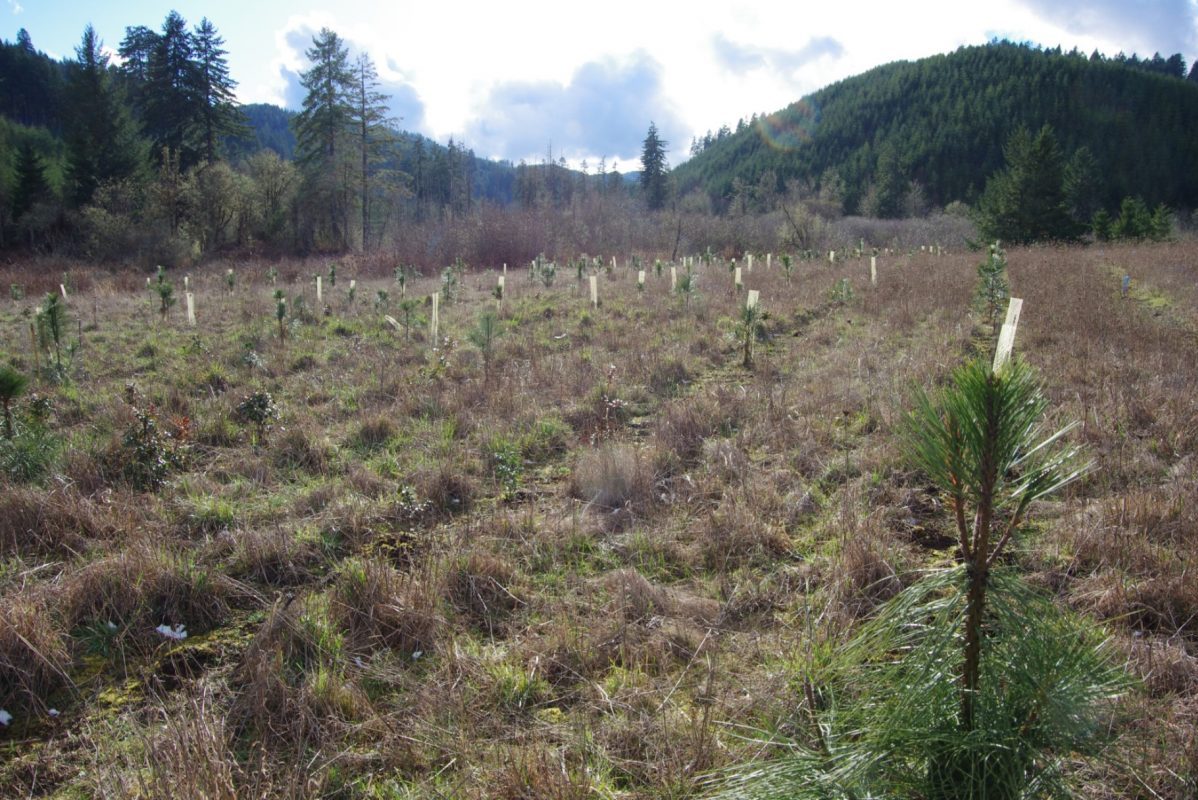1. First, determine whether any federal, state or local approvals are needed. Make sure the designs are the right size and style for the permits you choose to use. To find applicable programmatic permits, look at our technical resources at suscon.org/technical-resources.
2. Gather feedback and input from regulatory personnel on the conceptual plan, including project design and environmental management steps.
3. Obtain cooperation from cooperating landowners – where easements and/or adjoining property owners’ consent are needed.
4. Seek guidance and template applications and language from restoration applicants who have used programmatic permitting in the past. Another local agency could have completed a programmatic process and can provide you with the knowledge you can use.
5. Suppose the project reaches the amount of a CEQA exemption. In that case, non-governmental entities can consider collaborating with a local district (Water, Parks, and Open Space, Resource Management District), which may act as a CEQA lead agency.
6. Rather than the more complex Mitigated Negative Declaration (MND) or Environmental Impact Report (EIR) procedures, many small-scale restoration projects will use CEQA Categorical Exemptions (15333 – the immediate area of impact 5 acres or more minor or 15304 – slight alterations to land).
7. Look for guidelines, environmental and species conservation measures, and application forms on agency websites. Permits and authorizations that have recently been approved will include language and dimensions for your project description.
8. Provide all of the required security measures you expect the agencies will request in a transparent, comprehensive, and well-written project report. Clearly state the goal, strategies, and benefits of your project. Provide sufficient rationale for any design decisions. This preparation work will assist in the acceptance of your application.
9. To personalize the project and expedite agency analysis, include maps, statistics, and photographs.
10. Develop relationships with agency personnel. Rather than being barriers to your project’s completion, think of regulatory workers as collaborators in getting it completed.

